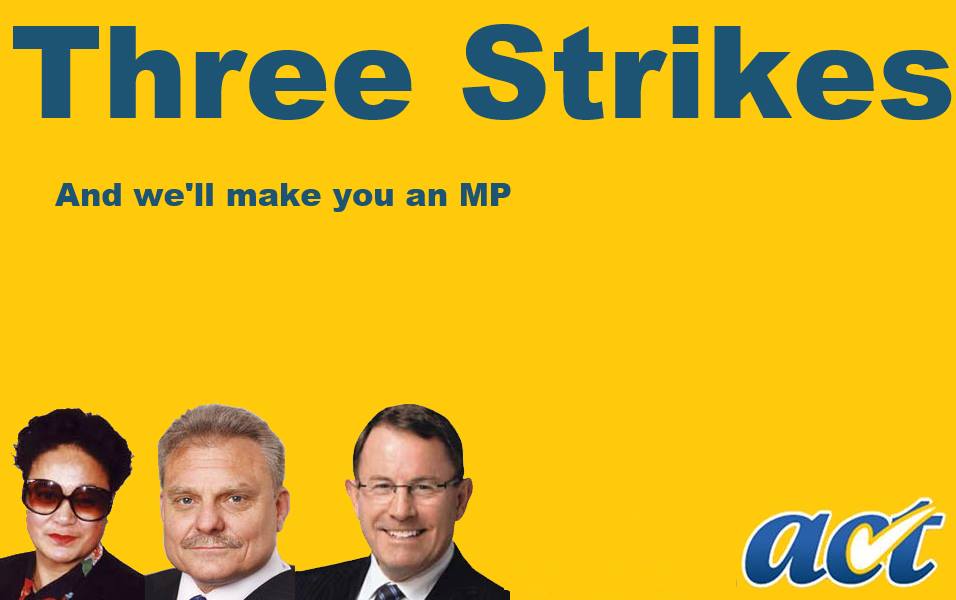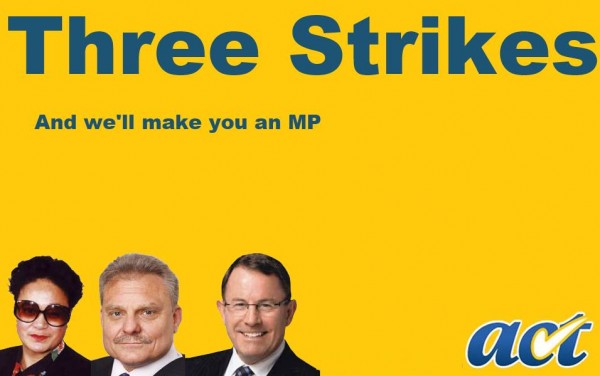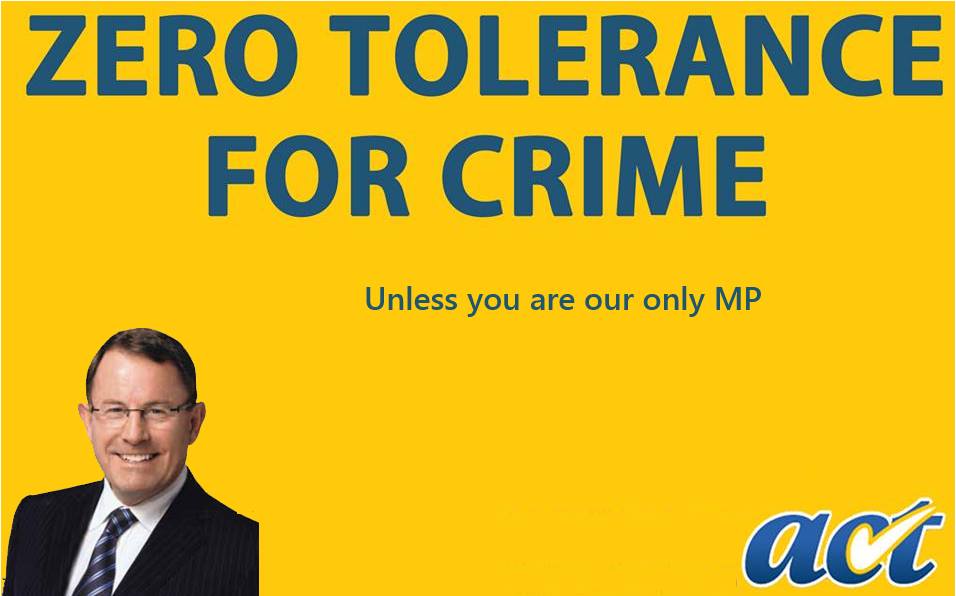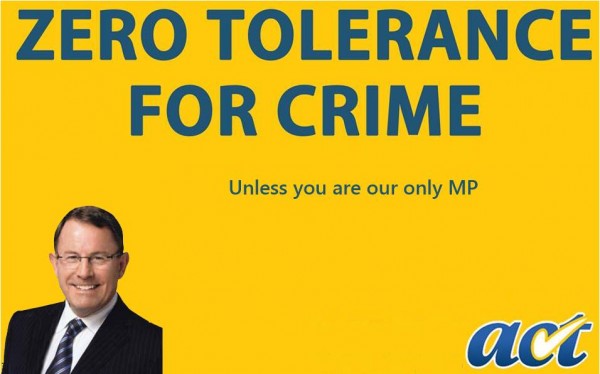MIL OSI – Source: Labour Party –
Headline: Resolving Canterbury Earthquake claims
SPEECH: David Parker, Deputy Leader of the Labour Party
Resolving Canterbury Earthquake claims | 9 June 2014
Good morning,
As David has said, we will meet the need to fairly resolve insurance claims by establishing a special Canterbury Earthquake Division of the District Court empowered, and resourced, to immediately hear and resolve all outstanding claims.
In my role as Shadow Attorney General, I want to run through the detail of how our policy will work and the results it will deliver.
Our policy is not aimed at punishing the insurers. We are not changing their legal duties. We are enforcing them.
We will hold EQC and the private insurance companies to account for their legal duties to the people who paid the insurance premiums for earthquake cover.
Just that – no more and no less.
The failure to settle so long after the event is a breach of the insurance contract.
There have been many causes of delay, including assessment delays, decision making delays, bureaucratic delays, and capacity constraints.
Insurers state that delay does not assist them because the escalating cost exceeds the benefit of delay in payment.
I take them at their word.
Nonetheless it is their responsibility to be prepared for catastrophe. After all, that is the purpose of insurance, and the burden of delay should not fall on the homeowner.
By paying insurance premiums homeowners passed the risk of loss – and the duty to reinstate – to insurers.
It was not part of the deal that they live in damaged and unhealthy homes, with years of anxiety.
Justice should include compensation for the loss of amenity suffered by those who have put up with a broken house and the stress of uncertainty for year after year.
Soon it will be four years to the day since the first big quake.
In other words, for nigh on four years tens of thousands of people have faced continuing legal uncertainty. They have shown remarkable patience and forbearance.
But their tolerance is wearing thin. They truly are long suffering. Many are worn down.
The delays and desire to reach finality mean that some people are now giving in and accepting cash offers which transfer risk back to the insured.
Those risks include undiscovered defects, and rising repair costs.
Most insurance policies contemplated full reinstatement to an as-new standard. This is expensive and time consuming.
Insurers have taken a number of steps to seek to limit their exposure.
In many cases the agreement of the homeowner is obtained in an environment where a failure to agree will stall any rebuild or repair.
Faced with “take it or leave it”, after years of delay, increasing numbers of people “take it”.
Lawyers, MPs and support groups report a number of strategies being used to minimise cost which can breach homeowner rights.
For example, insisting that the homeowner accept a cash payment in lieu, but capping the payment at an estimate of actual repair costs; or insisting on cheaper designs; or substituting materials to lower the overall build cost; or undertaking repairs on the basis of inadequate investigation into damage; or others.
These actions are aimed at faster and cheaper claims settlement for insurers, but risk short-changing homeowners.
Some claimants know they are taking a risk, but do so because they have no effective way of enforcing their legal rights.
We say that enough is enough.
It is time for fresh methods and new energy to achieve justice and pick up the pace.
It is our duty to help protect those whose claims have not settled, by providing them with legal redress.
This is now urgent.
As David mentioned, the Limitation Act provides that the legal right to enforce an insurance contract expires 6 years after the date of the earthquake. If claims are not lodged in Court before then, rights are lost. The law is clear.
This is not scaremongering. It is the law.
The truth is that unless the government steps in, some people are going to lose their legal rights under their insurance policy. Once that happens they will be at the mercy of the grace and favour of insurance companies.
Well-meaning attempts to mediate solutions cannot impose an outcome if agreement is not reached – a Court can.
The lessons of the Auckland leaky building saga provide a salutary lesson. There, many home owners lost their legal rights because they did not commence action before the limitation period expired.
It is hard to calculate the exact number of unresolved insurance claims, but it is huge.
In May, the Insurance Council of New Zealand said that of the 22,455 badly damaged dwellings – where it is accepted damage is over the $100,000 EQC cap for each event – 9,875 (44%) had been settled, 9,755 (43%) were in negotiation, and 2,876 (13%) were still to be made an offer. In other words, less than half were settled.
EQC report it has resolved a total of 73,302 claims where damage was under $15,000.
For claims outside the scope of EQC, which include driveways, pathways and swimming pools, 41,924 of 65,250 claims were said to have settled by the end of March.
What is less clear is the number of larger EQC claims which have not yet been settled. Again in May, the NBR reported that EQC stated that 5,573 claims within the cap are yet to be resolved. Many of these are multi-unit buildings. They also reported that there are about 700 ‘near to cap’ properties have yet to have their cap status confirmed. It is likely these are additional to those counted by the private insurers as being unsettled.
These numbers are likely to exclude some of the properties affected by liquefaction and land slumping, and related flooding risks where cover is currently being denied. They also exclude the so called quake outcasts.
In other words, excluding smaller and so called out of scope claims, there are more than 10,000 larger claims yet to be resolved. This is still huge.
A significant number of those settled to date have been total pay outs for houses in the red zone or otherwise beyond repair.
Those claims unresolved include the thorniest. We know that in order to protect some of these people, and fairly determine their compensation and insurer liability, Court action will be needed.
The census shows that the average household has 2.5 people. Those 10,000 claims represent 10,000 households which represent 25,000 people – roughly equivalent to the entire population of Timaru.
This is unprecedented in its scale.
To put it in perspective, according to a 2012 study funded by the NZ Law Foundation, in an ordinary year there are a total of 300 to 400 substantive civil disputes heard in the High Court each year. That is throughout the whole of New Zealand.
According to the Courts website a total of 1,000 substantive civil cases are decided each year in the High and District Courts combined – again that is New Zealand wide
The High Court in Christchurch has created a special earthquake list. About 120 cases have been resolved over the past two years.
Because the unresolved claims dwarf the total number of civil cases in the District and High Courts nationally, they will either swamp the system or claimants will give up and settle even when the outcome is unfair.
Plainly both the Courts and claimants – and the insurers – need help.
We all acknowledge the pressures caused by the enormity of the task, but EQC and the private insurers accepted the insurance premiums and agreed to provide the cover.
But both insurers and the government have become bogged down and it is time to do more to resolve these claims.
Four years is too long. There is no legitimate excuse.
Sarah Miles in her book “The Christchurch Fiasco – The Insurance Aftershock” said, and I quote:
“As we wait for our insurers to resolve our property claims I wonder when and if life in Christchurch is going to return to its former state of ‘normality’. Having witnessed the course of events in Canterbury, I find myself unable to hold out much hope for a rapid or particularly successful recovery or rebuild, particularly of the residential areas. There is little sense of the urgency that one might expect within the entities which are controlling the process…This is inexcusable, with now no justifiable reason for these delays.”
That was written in 2012. Two more years have since passed.
The delays are intolerable.
We must now act swiftly to protect those whose claims have not been resolved.
Resolving the claims will require a ramping up of the court processes which determine unresolved disputes.
This must be done in way which is easy and minimises stress for claimants. The Court environment is unfamiliar to most people.
So, to give claimants access to fair and swift justice, we will create a special Canterbury Earthquake division of the District Court.
We will give it jurisdiction up to $1m (the District Court jurisdiction is currently $200,000, and is proposed to increase to $350,000 in the Judicial Modernisation Bill currently before parliament).
We will give temporary judicial warrants to every to suitable retired judge, QC and senior Court lawyer willing to work full or part-time for the equivalent of District Court judge remuneration and who is competent to do the work.
We will hire suitable office space and enable Courts to be held in other suitable places.
We will recruit 50 additional registrars.
All costs (including lawyer’s costs, expert witness fees and court costs including the cost of temporary judges) will be paid for by the Crown, and on charged to EQC and the insurance companies in proportion to filings or awards.
There will be no filing or hearing fees and no costs risk for the claimant.
It will be easy to bring a Court claim. This is essential to protect the position of claimants.
The Court claim will be initiated by an individual (by themselves or with a friend for support), or by their lawyer if they have one.
This will be done simply at a meeting with a registrar, who will create the electronic Court file. All that will be required is the name of insured claimant, the address of property, the name of the insurer and the insurance policy number.
There will be a standard electronic address for service on each insurance company and EQC. It is for them to organise their legal and back office response.
And the process is underway.
Immediately upon commencement of a claim, there will be an automatic direction from the Court requiring the insurance company and/or EQC to file electronically copies of the policy, all correspondence and building reports within three weeks. The insured will also file all their reports within the same time.
Where the insured has no lawyer, a choice of appointees will be offered (or will be allocated) by the Court. All lawyers on the appointment list:
- Will be approved by the Law Society as being sufficiently experienced and capable.
- Will have to agree to commit the necessary time and priority to the work and to meet the Court imposed timetable requirements.
- They will not all be from Canterbury.
Standard fees will be set for filings and preliminary appearances. These will be generous enough to encourage participation by quality lawyers, but will be structured to encourage efficiency and the avoidance of delay
Each claim will be set down for a preliminary hearing to be held four weeks after filing. This will be before a Judge, not a Registrar.
The practice note issued by the High Court for its earthquake list will be modified, to ensure that at the preliminary hearing a list of the main issues will be identified by the judge, after receiving a draft from each party.
This list will be drawn from a menu of issues because, although the facts will differ from case to case, the issues will be broadly similar.
The main points will normally include such issues as policy type, above or below EQC layer of cover, repair or rebuild, scope of damage, and cost of repair.
This list of issues will be provided to each party, who will have 5 working days to add to the list. The judge will be in control of the process and any subsequent hearings.
Following the second (if not the first) preliminary hearing, the case will be set down for hearing.
Non-compliance with the timetable by an insurance company or EQC will incur costs awards by the courts.
Evidence at substantive hearings will be recorded rather than transcribed simultaneously.
Judges will be expected to take notes, and deliver oral judgments, using standard templates for judgments, except in the rarest of complex test cases.
Judges will be empowered to seek more evidence on repairs needed and costs at any time prior to judgment. Hearings as to the scope of liability will be able to be separated from quantum, where the insured wants repairs rather than a pay-out, and there is doubt as to undiscovered defects, or repair timing and therefore inflation in building costs.
Appeal rights to the High Court on both matters of fact and law will be retained as per normal. This protects all parties.
In conclusion, we expect some will attack and belittle this proposal.
They will say that Labour wants to recruit a bunch of lawyers when what is needed is an army of engineers and carpenters and plumbers.
But the carpenters and the plumbers cannot put their tools to work, until the insurance claims are resolved.
This process has been designed with advice from senior court and insurance lawyers, and judges.
It will work because it enables the Courts to achieve their purpose – to ensure justice is achieved and promptly.
The very availability of this process will cause better outcomes for insured. No longer will they be stuck in a corner – powerless and without sensible options. The insurers will know this too, and this will encourage them to settle justly.
Insurers will also be motivated by the desire to avoid weekly compensation for the years of delay suffered by homeowners, and will want to avoid the cost of the legal processes which, quite properly, will be sheeted back to them.
MPs, insurance support groups and lawyers tell me that they have worked with far too many people who are slowly being broken by a settlement process that is skewed against them.
These people want justice and we will give them access to the justice they seek.
It will not be compulsory. It will be an attractive option. If people still want to battle it out with their insurer on their own, then they can. That is up to them.
We believe we can have the new District Court jurisdiction up and running within 6 months, hearing cases and settling claims.
I want to say something about the flood zone land.
There is a general convention against retrospective legislation. This is because it can change peoples’ obligations to their detriment, despite their having no opportunity to avoid the detriment imposed upon them. Normally this is unfair.
The general convention is subject to a number of exceptions. One is to allow retrospective legislation where it confers rights, rather than imposes detriments.
We believe it is fair that people whose land sank in the earthquakes – from liquefaction or lateral spreading – and is now flood prone should be covered by EQC.
We will retrospectively change the EQC legislation to clarify this and provide legal certainty to those in this predicament.
Lastly, having considered these issues carefully, the conclusions we have reached and the actions we propose are, I believe, obviously needed and fair.
They are so obvious that you should ask yourself why they have not been proposed before.
Democracy is a wonderful thing. When the incumbents get stuck in their thinking, are stubborn, tired, belligerent, or run out of ideas, or think they have a mortgage on solutions to which there are no alternatives, the voters get the chance to have their say.
The announcements David Cunliffe has outlined today on behalf of the Labour Party are positive and innovative, fair and necessary.
They have been developed with input from experts in their field, but moreover, from Cantabrians who need a circuit breaker and genuine progress.
I want to thank them for their passion and intelligence, their ideas and their enthusiasm, and thank you for listening.
Thank you.
CLICK HERE FOR FULL POLICY DETAILS
Note: Further announcements for Canterbury’s future would be rolled out over the coming weeks.
© Multimedia Investments Ltd Terms of Use/Disclaimer.















![len-brown_steve-martin[1]](https://thedailyblog.co.nz/wp-content/uploads/2014/06/len-brown_steve-martin1.png)

